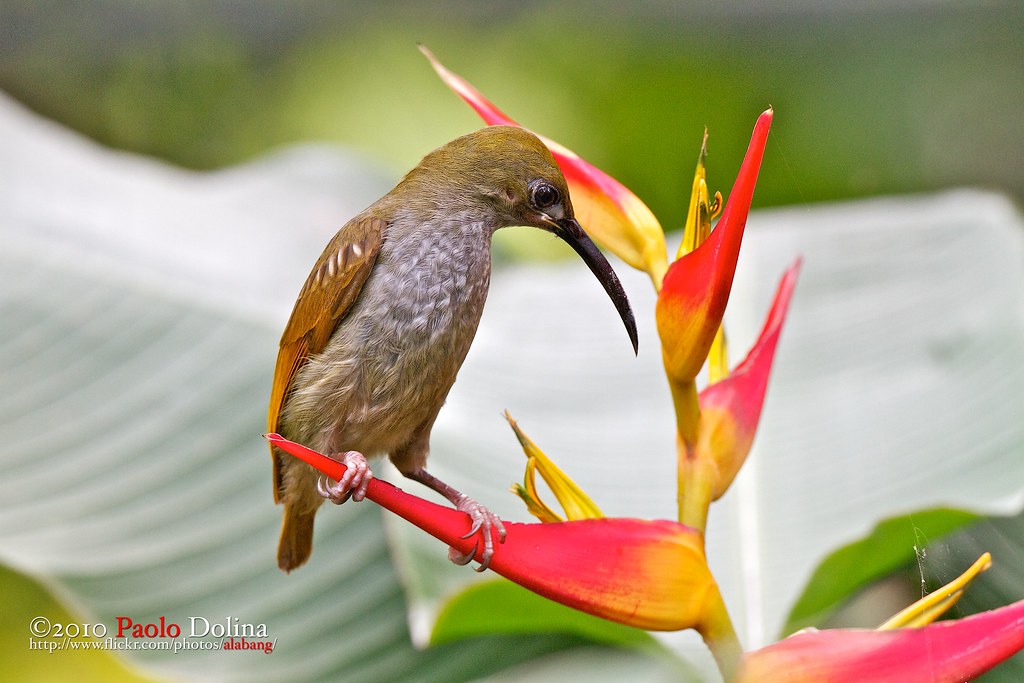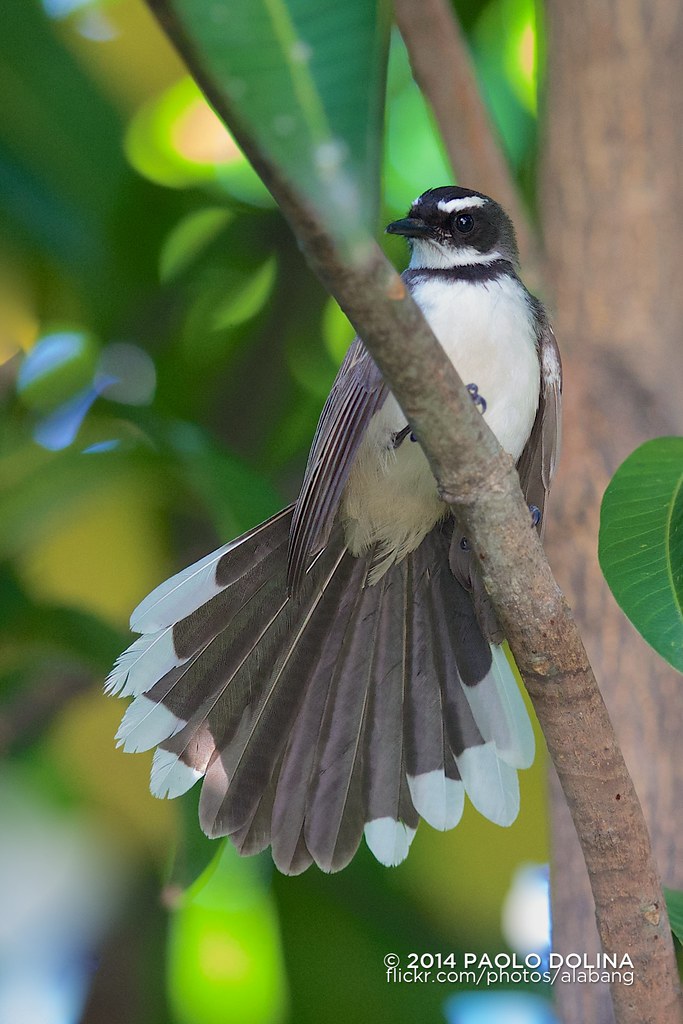lovely images pepponeskie. my only critique is you should smooth out the background so the chainlink fence will not be that obvious. There are viewers who frown on the photography of captive animals and have no qualms flinging mud at you for it.
Results 1,091 to 1,100 of 1262
Thread: Bird photography
-
05-09-2014, 10:50 AM #1091
-
05-10-2014, 02:04 AM #1092
-
05-10-2014, 01:15 PM #1093
-
05-12-2014, 05:00 AM #1094Banned User Platinum Member

- Join Date
- May 2007
- Gender

- Posts
- 1,952
-
05-15-2014, 01:24 AM #1095

Naked-faced Spiderhunter (Arachnothera clarae) by alabang, on Flickr
The Naked-faced Spiderhunter (Arachnothera clarae) is a species of bird in the Nectariniidae family. It is endemic to the Philippines.
Its natural habitat is subtropical or tropical moist lowland forests.
Source: Naked-faced Spiderhunter - Wikipedia, the free encyclopedia
Location: La Mesa Ecopark - Wikipedia, the free encyclopedia
Settings: 1/250 f/8 800mm ISO 800
-
05-16-2014, 12:50 AM #1096
THanks pepponeskie

Philippine Pied Fantail (Rhipidura nigritorquis) by alabang, on Flickr
The Philippine Pied Fantail (Rhipidura nigritorquis) is a species of bird in the Rhipiduridae family. It was formerly considered conspecific with the Malaysian Pied Fantail.
It is found in the Philippines.
Its natural habitat is subtropical or tropical moist lowland forests.
Source: Philippine Pied Fantail - Wikipedia, the free encyclopedia
Location: Muntinlupa - Wikipedia, the free encyclopedia
Settings: 1/2000 f/4 600mm ISO 6400
-
05-16-2014, 10:05 PM #1097

Black-crowned Night Heron (Nycticorax nycticorax) by alabang, on Flickr
The black-crowned night heron (Nycticorax nycticorax), commonly abbreviated to just night heron in Eurasia, is a medium-sized heron found throughout a large part of the world, except in the coldest regions and Australasia (where it is replaced by the closely related rufous night heron, with which it has hybridized in the area of contact).
Source: Black-crowned night heron - Wikipedia, the free encyclopedia
Location: Valenzuela, Philippines - Wikipedia, the free encyclopedia
Settings: 1/1600 f/4.5 500mm ISO 1600
-
05-17-2014, 10:37 PM #1098

Eurasian oystercatcher by priduh, on Flickr
-
05-18-2014, 12:30 AM #1099

Philippine Pied Fantail (Rhipidura nigritorquis) by alabang, on Flickr
Settings: 1/800 f/4.5 600mm ISO 6400
-
05-18-2014, 10:20 PM #1100

Buff-banded Rail (Gallirallus philippensis) by alabang, on Flickr
The Buff-banded Rail (Gallirallus philippensis) is a distinctively coloured, highly dispersive, medium-sized rail of the family Rallidae. This species comprises several subspecies found throughout much of Australasia and the south-west Pacific region, including the Philippines (where it is known as Tikling), New Guinea, Australia, New Zealand (where it is known as the Banded Rail or Moho-pereru in Māori),[2] and numerous smaller islands, covering a range of latitudes from the tropics to the Subantarctic.
It is a largely terrestrial bird the size of a small domestic chicken, with mainly brown upperparts, finely banded black and white underparts, a white eyebrow, chestnut band running from the bill round the nape, with a buff band on the breast. It utilises a range of moist or wetland habitats with low, dense vegetation for cover. It is usually quite shy but may become very tame and bold in some circumstances, such as in island resorts within the Great Barrier Reef region.[3]
The Buff-banded Rail is an omnivorous scavenger which feeds on a range of terrestrial invertebrates and small vertebrates, seeds, fallen fruit and other vegetable matter, as well as carrion and refuse. Its nest is usually situated in dense grassy or reedy vegetation close to water, with a clutch size of 3-4. Although some island populations may be threatened, or even exterminated, by introduced predators, the species as a whole appears to be safe and its conservation status is considered to be of Least Concern.
Philippine Birds
Source: Buff-banded Rail - Wikipedia, the free encyclopedia
Location: Candaba, Pampanga - Wikipedia, the free encyclopedia
Settings: 1/500 f/5.6 800mm ISO 160
Retina Display: Buff-banded Rail (Gallirallus philippensis) by Paolo Dolina | 500px
Advertisement
Similar Threads |
|




 Reply With Quote
Reply With Quote




